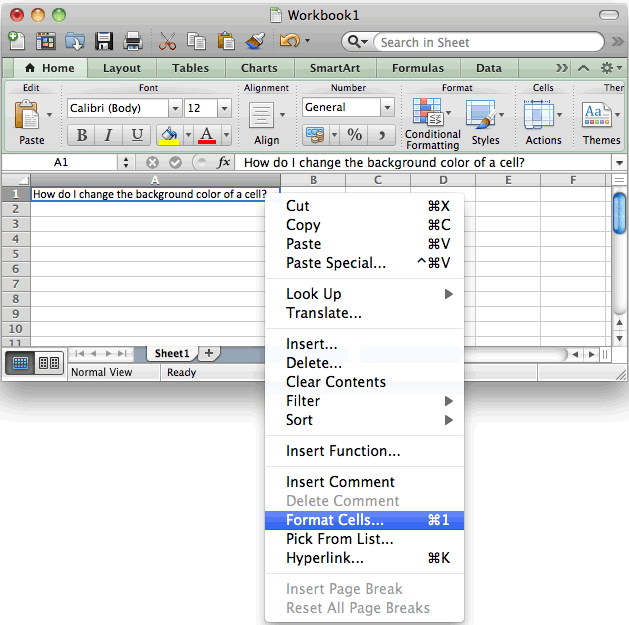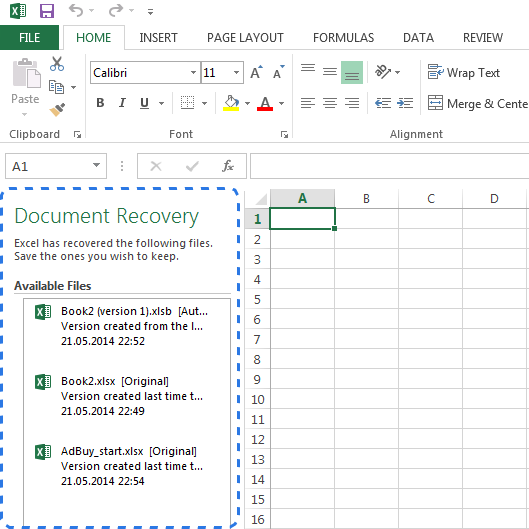
Rename workbooks while using Microsoft Excel 2003, 2007, and 2010 More than 300 powerful features Works with OfficeĢ007-2019 and 365 Supports all languages Easy deploying in your enterprise or organization.Super Filter: Create advanced filter schemes and apply to any sheets Sort by week, day, frequency and more Filter by bold, formulas, comment.Paste Skipping Hidden/Filtered Rows Count And Sum by Background Color Send Personalized Emails to Multiple Recipients in Bulk.
#Change the name of a workbook in excel for mac pdf#
Split Tools: Split Data into Multiple Sheets Based on Value One Workbook to Multiple Excel, PDF or CSV Files One Column to Multiple Columns. Merge Tools: Multiple Workbooks and Sheets into One Merge Multiple Cells/Rows/Columns Without Losing Data Merge Duplicate Rows and Sum. More than 20 text features: Extract Number from Text String Extract or Remove Part of Texts Convert Numbers and Currencies to English Words. Reuse Anything: Add the most used or complex formulas, charts and anything else to your favorites, and quickly reuse them in the future. In this way we can get worksheet name in cell with CELL function.Kutools for Excel Solves Most of Your Problems, and Increases Your Productivity by 80% To conclude, we can use the same base function =CELL(“filename”) with some enhancements to derive the information we require about the file name. So the result we get is Sheet2 as in this example. We are asking the function to give us 255 (which is the maximum characters a cell can hold) characters starting from the 16 th character of the filename. We directly arrive at the MID function now. So in our example, this results in 15+1 = 16. This will give us the positing of the ending box bracket + 1 (to exclude the box bracket. First, the highlighted section in this function is evaluated - =MID(CELL(“filename”), FIND(“]”,CELL(“filename”))+1,255) Now lets derive the last aspect which is the sheet name. So the mid function is complete as =MID(CELL(“filename”),5,10) and we get the result as Book1.xlsm as per our example. So it calculates the position of the ending box bracket which is 15 in this case and deducts the position of the starting box bracket which is 4 and another -1 to exclude the starting box bracket. This highlighted portion will evaluate to the last parameter of the MID function which is the number of characters to be extracted from the starting position. So this part of the function will return the starting position of the text. The workbook name is always in box brackets so we have to search for the opening box bracket and our result is within these 2. 
The highlighted portion will be evaluated first. We need to derive the workbook name from this result B:\Sheet2. So the output we get will be the file path without the workbook name. We need the characters starting from the 1 st character to the 3 rd character (4-1=3) using the mid function. Our function then narrows down to =MID(CELL(“filename”),1,3). The highlighted section will be evaluated first which will find the location of the opening box bracket “[“ in the function. To get the file path only from B:\Sheet2, we use This will give us the output as B:\Sheet2 which is the file path + workbook name + sheet name of the workbook in this example. To obtain the file path, workbook name and sheet name, we use The file in this example is located at “B:\”. The reference is the current workbook which you are using. There is an available list of options in the dropdown which appears so you can choose the required one.

The info_type can be the filename, address, color, etc.

The CELL Function will return information about the formatting, location or contents of the 1 st cell in the reference. Lets see how this is done.Ĭonsidering that we want this info for the current file. In this article we will learn how to return name of the excel sheet. We have a useful function in excel called as the CELL function which can be modified to return the sheet name, workbook name and the file path.







 0 kommentar(er)
0 kommentar(er)
